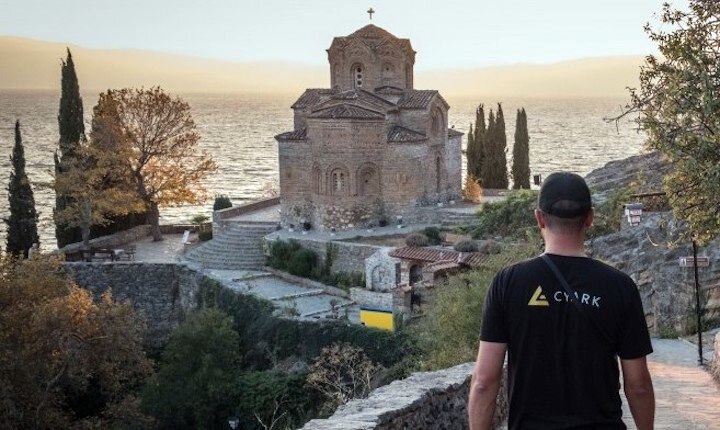![Open Heritage 3D offers 3D datasets for multiple famous sites around the globe [Source: Open Heritage 3D]](https://fabbaloo.com/wp-content/uploads/2020/05/image-asset_img_5eb0509a225d9.jpg)
I ran into an unusual 3D repository, Open Heritage 3D.
The service is a non-profit organization that’s backed by CyArk, Historic Environment Scotland and the University of South Florida Libraries, all of whom are founding members of the Open Heritage Alliance. They explain their mission:
“Open Heritage 3D is an initiative to provide free access to high resolution 3D data of cultural heritage sites across the world.”
Their repository contains 3D data for more than eighty notable objects or buildings located worldwide. Most seem to be “world landmark” notoriety. Examples include:
-
Shackelton’s Antarctic Huts
-
Brandenburg Gate
-
Cape Canaveral Mercury Complex 14
-
Chichén Itzá
-
Fort Laramie
-
Tomb of Tu Duc
-
Fort York
-
Lincoln Memorial
-
Mexico City Metropolitan Cathedral
-
Normandy Cemetery
-
Pompeii
-
Temple of Apollo
-
Teotihuacán – Pyramid of Quetzalcoatl
-
USS Pampanito Submarine
And many more, most of which I’m not familiar with. But they are all sites of heritage to various cultures around the world, and some are quite historical, such as the neolithic sites.
Open Heritage 3D provides free access to the files, but you will have to identify yourself when requesting the files. You’ll be provided with a link from which you can download the data.
They explain that while most of the data is not intended for commercial use, some of the specific datasets are open to commercial use. You’d best check the license on the specific datasets to be sure.
This is where things get a little different.
Most 3D model repositories store files in .STL, .3MF or similar CAD formats. This is not the case with Open Heritage 3D. Instead, they seem to provide the raw information that you can process to obtain a 3D model of desired format. They explain:
“There are five possible data types that are hosted by Open Heritage. These are LiDAR – Terrestrial, LiDAR – Aerial, Photogrammetry – Terrestrial, Photogrammetry – Aerial and Short Range Scans. Individual projects may include one or more of these data types.”
Even more challenging is the size of the data. Open Heritage 3D explains:
“The size of each dataset varies by site. The average download size per site is approximately 25GB.”
That’s big. That size of data implies considerable processing will be required to develop printable 3D models from this data. You’ll also need appropriate software and hardware to do so; for example, you might need a photogrammetry system installed to interpret the images provided by Open Heritage 3D.
This may sound challenging, and it is, but it could also be of great value. By using these high quality datasets, one could potentially develop incredibly high resolution 3D models of the subjects. These could be 3D printed to create highly realistic representations of the source objects or scenes.
If you’re looking for an interesting 3D printing challenge, a big dataset from Open Heritage 3D could be for you.
Via Open Heritage 3D

